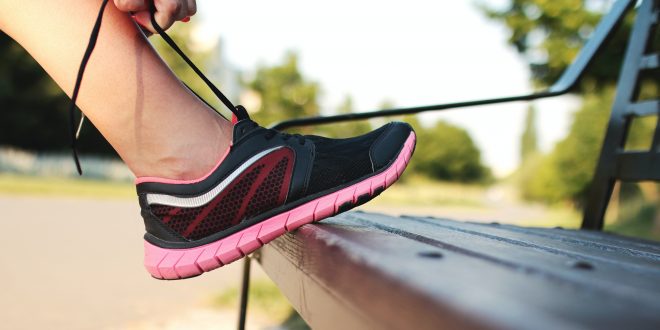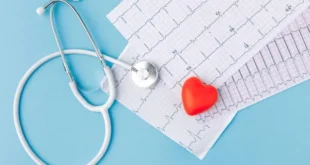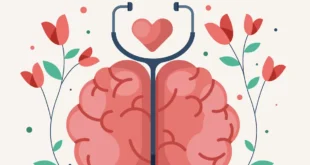By: Emily Zhang
The word corn here is not the crop. Instead, it’s a kind of skin problem that usually occurs on the foot. Most of the time, this happens because of the growing thickness of the skin. When people run, walk, or hike for a long time, there’s a higher chance that the foot was pressed at the same spot over that period of time. As a result, the dead skin at the spot will be accumulated that area can get clogged, developing into a corn. The shape of a corn is often round like the eye of a chicken, and thus, is often also called “Chicken’s eye” or “Bird’s eye” if translated directly into other languages.
While corns are not a major illness, it can be painful and very annoying. As it usually develops on the bottom of the foot, people with a corn can’t do a lot of exercises or outdoor activities. In addition, if corn is not treated in time, it might get worse, as it is possible for it to get infected, making it more difficult to treat. In a worst-case scenario, an operation or surgery would be needed to remove the corn.
Usually though, treating a corn is easy. You can find the cover-counter corn treatment medicine in the drug store, and you can buy it even without a doctor’s prescription. This medicine comes with a soft pad to apply around the corn, which will release the pain immediately. With regular treatment, the corn will usually disappear after a few weeks.
To avoid further occurrence, people should avoid wearing uncomfortable or tight shoes for long periods of time. If any part of the shoes is not comfortable, you can consider applying some soft materials around the area to pad it. People should also wash their feet more often to remove the dead skin. With these precautions, developing corns will be very unlikely.
 Tempus Magazine By Students, For Students
Tempus Magazine By Students, For Students 



